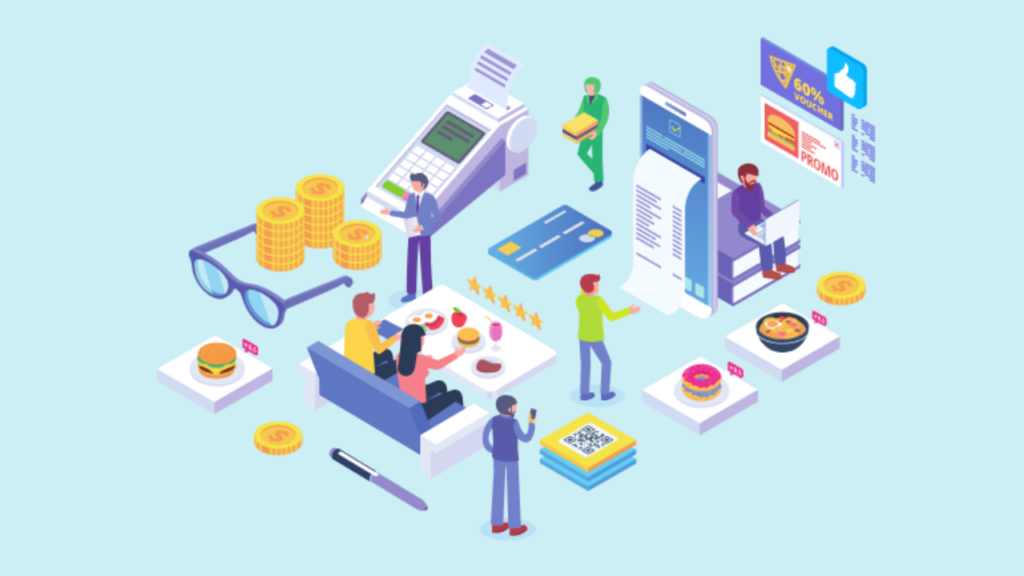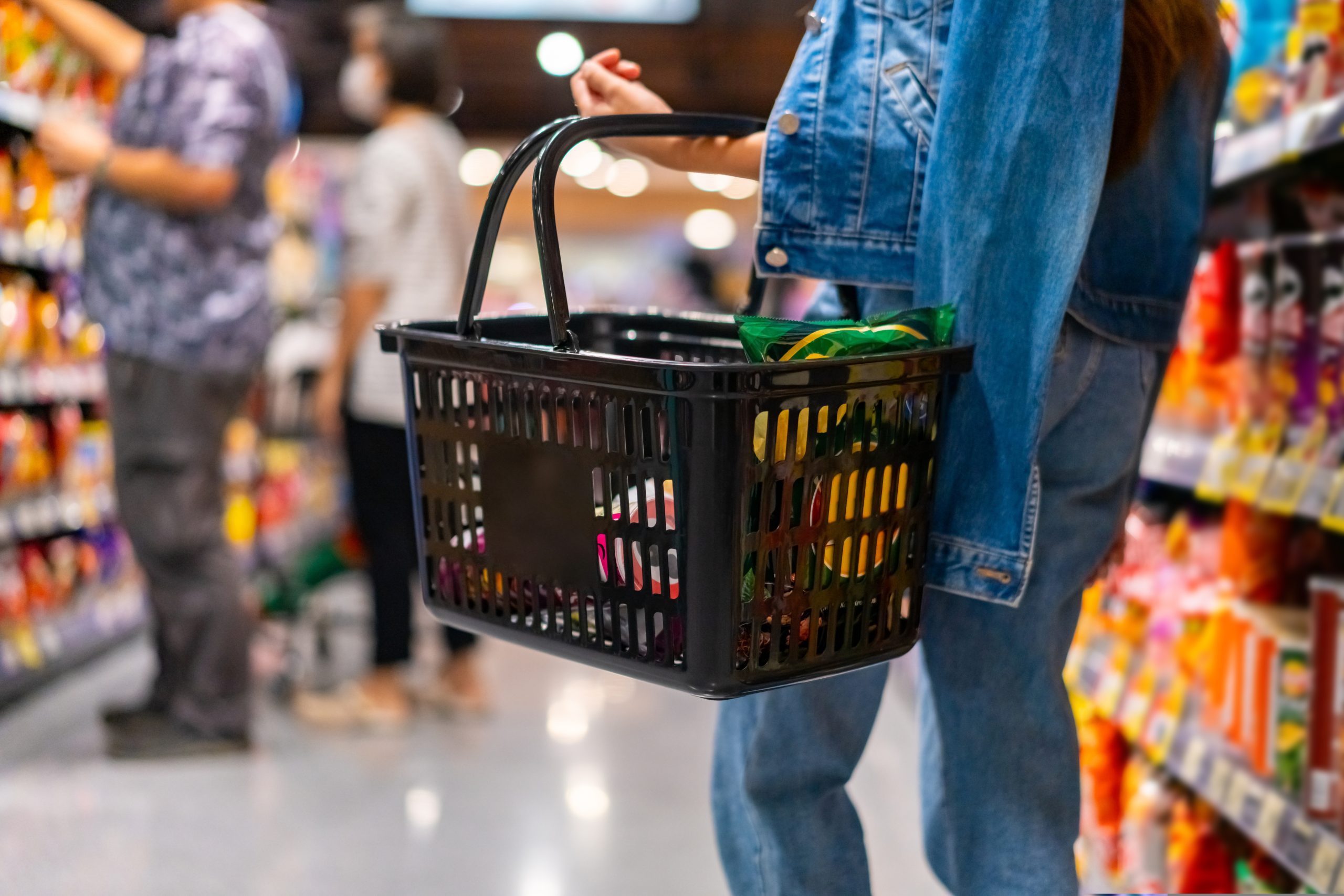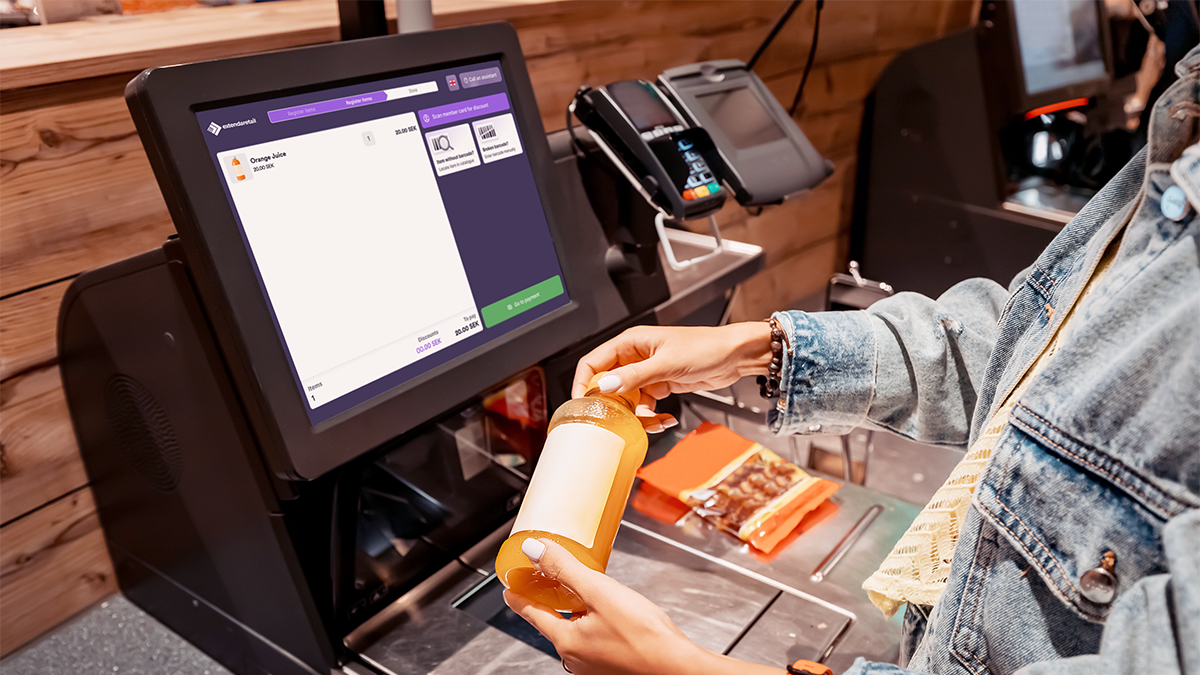POS System Features That Improve Your Restaurant’s Bottom Line

In the fast-paced world of the restaurant industry, where margins are often tight, efficiency is key to sustaining growth and profitability. One of the most powerful tools available to restaurant owners today is a modern Point of Sale (POS) system. A well-designed POS system goes beyond processing transactions — it can streamline operations, boost customer satisfaction, and provide valuable data that improves decision-making. Below are some key POS system features that can directly impact your restaurant’s bottom line.
1. Real-Time Sales and Reporting Analytics
One of the most valuable features of a POS system is its ability to provide real-time sales and reporting analytics. A POS system can track sales data in real time, giving restaurant managers and owners immediate insight into which items are performing well and which aren’t. This data is crucial for making adjustments to the menu, pricing strategies, and inventory. For instance, if you notice that a certain dish is consistently selling out, you can adjust your marketing efforts or even consider raising the price slightly. With detailed reporting, you can also track daily sales trends, peak hours, and staff performance, enabling more accurate scheduling and inventory management.
2. Inventory Management
Managing inventory can be a complex and time-consuming task, but a POS system simplifies it by automatically tracking inventory levels as orders are processed. This helps prevent over-ordering or under-ordering and minimizes food waste — two common issues that erode profits. The POS system can also send alerts when stock is running low, so you never have to worry about running out of key ingredients during peak hours. Additionally, POS-integrated inventory management helps streamline stocktaking, reducing the manual work involved and ensuring your records are always up to date.
3. Improved Order Accuracy
One of the top causes of wasted resources and dissatisfied customers in restaurants is order mistakes. With a modern POS system, orders are sent directly from the table to the kitchen, reducing the chances of miscommunication between front-of-house and back-of-house staff. This reduces the risk of mistakes and ensures faster service. The accuracy of orders also means fewer instances of food waste or the need for comped meals, both of which can have a significant negative impact on your restaurant’s profitability.
4. Enhanced Customer Experience
A POS system can dramatically improve the customer experience, which, in turn, helps boost repeat business and positive reviews — both of which are key to increasing profits. Features such as customizable menus, easy upselling, and the ability to store customer preferences can enhance the dining experience. For example, the POS system can suggest beverage pairings or add-ons when a customer orders a main dish, increasing the average check size. Additionally, integrated loyalty programs and customer profiles allow restaurants to reward repeat customers with personalized discounts or promotions, helping to build customer retention.
5. Efficient Staff Management
A POS system helps streamline scheduling and labor management by tracking employee hours, performance, and shifts. You can set parameters for labor costs and manage your workforce based on real-time data, ensuring you’re not overstaffing or understaffing. POS systems also allow for easy tracking of tips and payroll, which simplifies administrative tasks and minimizes errors. Better staff management leads to a more productive team and reduced labor costs, which directly impacts your bottom line.
6. Payment Flexibility
Modern POS systems offer a variety of payment options that can speed up the checkout process and improve cash flow. Many POS systems integrate with mobile payment options such as Apple Pay, Google Wallet, or contactless cards, allowing customers to pay quickly and securely. A faster, more convenient payment process not only improves customer satisfaction but also increases table turnover, especially in high-volume settings like quick-service or fast-casual restaurants.
7. Simplified Accounting and Tax Reporting
A modern POS system integrates seamlessly with accounting software, automatically tracking revenue and expenses and generating reports for tax purposes. This reduces the time and effort spent on bookkeeping and ensures accuracy. Tax reporting becomes a breeze, as the system can calculate sales tax and generate reports that are ready for submission to tax authorities. This reduces the risk of human error and ensures compliance with tax laws, saving you time and money on audits and penalties.
8. Cloud-Based Access
Many modern POS systems are cloud-based, allowing restaurant owners and managers to access critical data from anywhere at any time. Whether you’re on-site or off-site, you can monitor sales, view inventory levels, track staff performance, and even adjust pricing or promotions remotely. Cloud-based systems also offer secure data storage and automatic updates, ensuring that your system remains up-to-date with the latest features and security protocols without manual intervention.
9. Increased Efficiency During Peak Hours
When the restaurant is busiest, every second counts. POS systems are designed to handle high-volume transactions quickly and efficiently, allowing staff to process orders faster, which is particularly important during peak hours. This increased speed improves service, reduces wait times, and increases the number of orders your restaurant can handle in a given period, boosting revenue without requiring additional resources.
Conclusion
A modern POS system is more than just a tool for processing payments. With features like real-time sales analytics, inventory management, improved order accuracy, and enhanced customer experience, a POS system is a critical asset in driving profitability and improving operational efficiency in your restaurant. By leveraging the power of a POS system, restaurant owners can make smarter decisions, reduce costs, and boost customer satisfaction — all of which contribute to a healthier bottom line. Investing in a high-quality POS system today can pay off big in the long run, positioning your restaurant for sustained growth and success.






